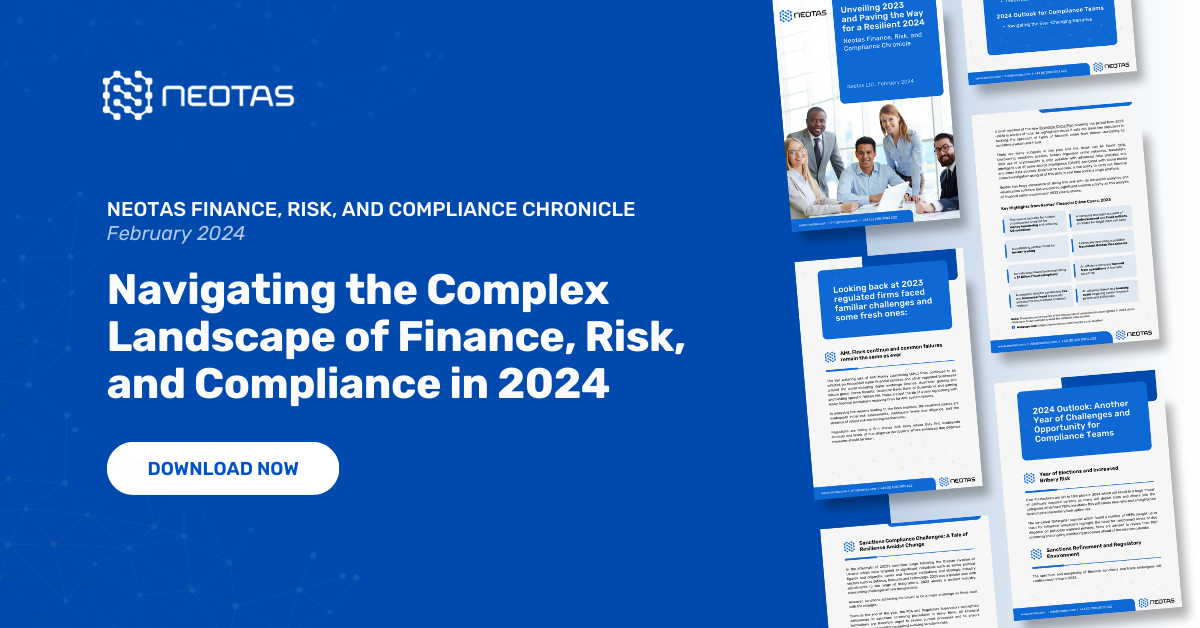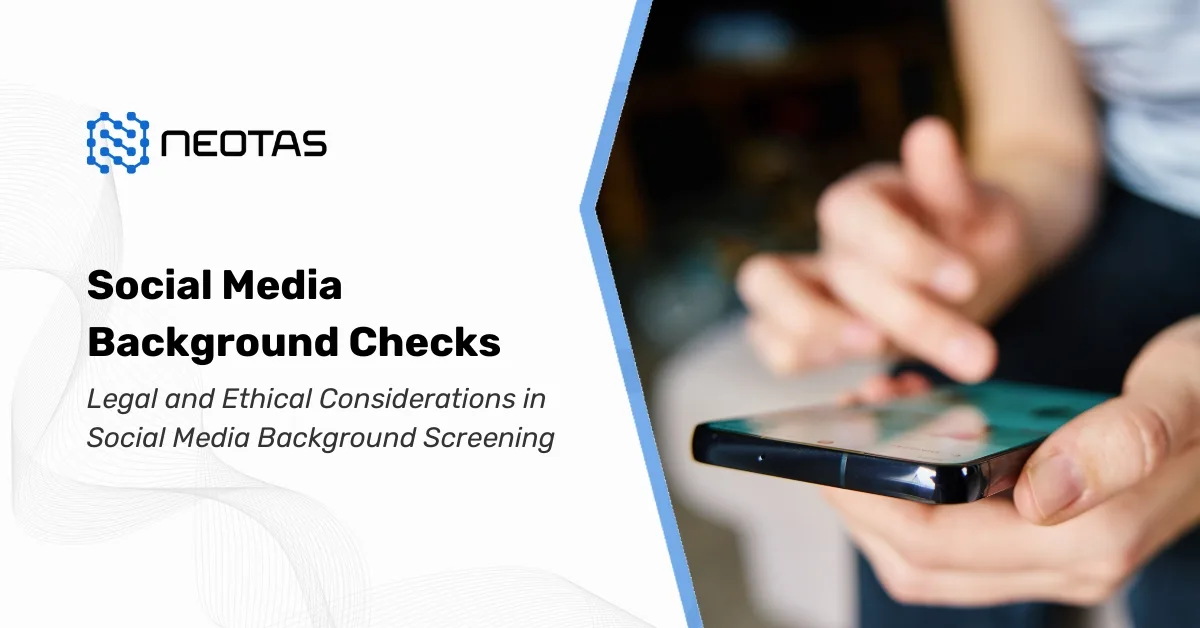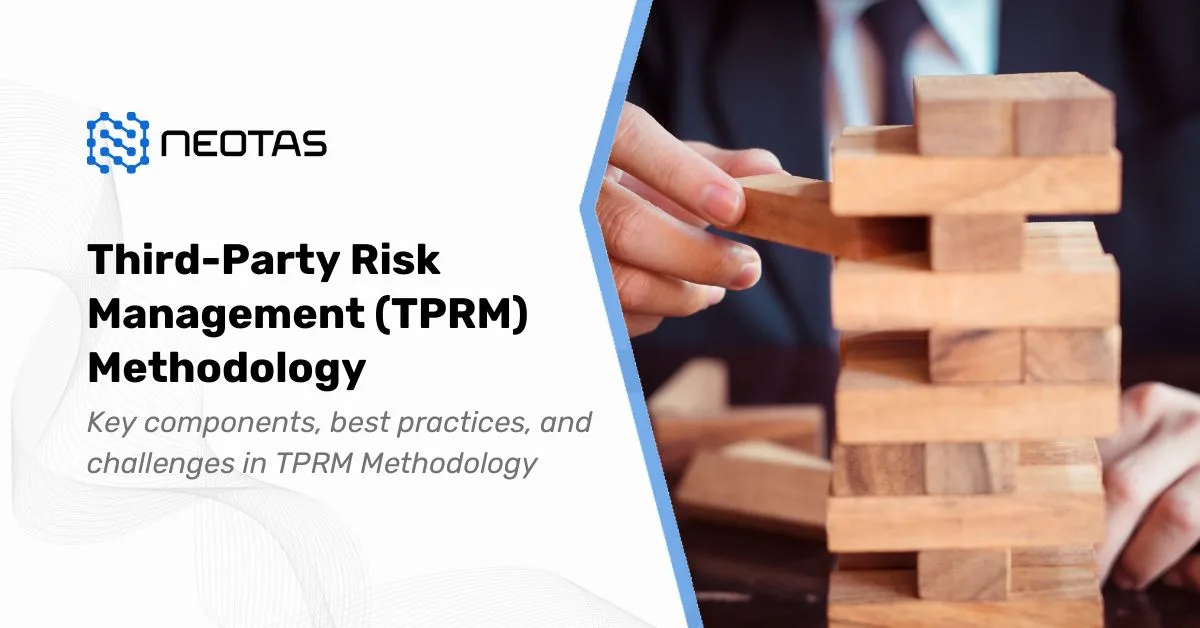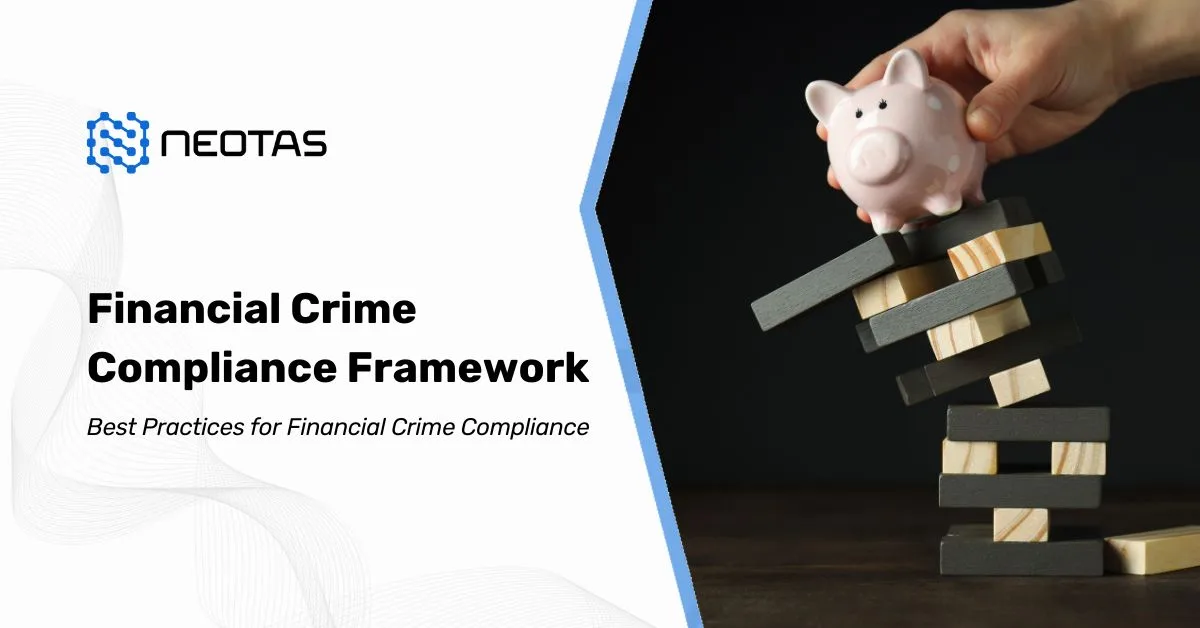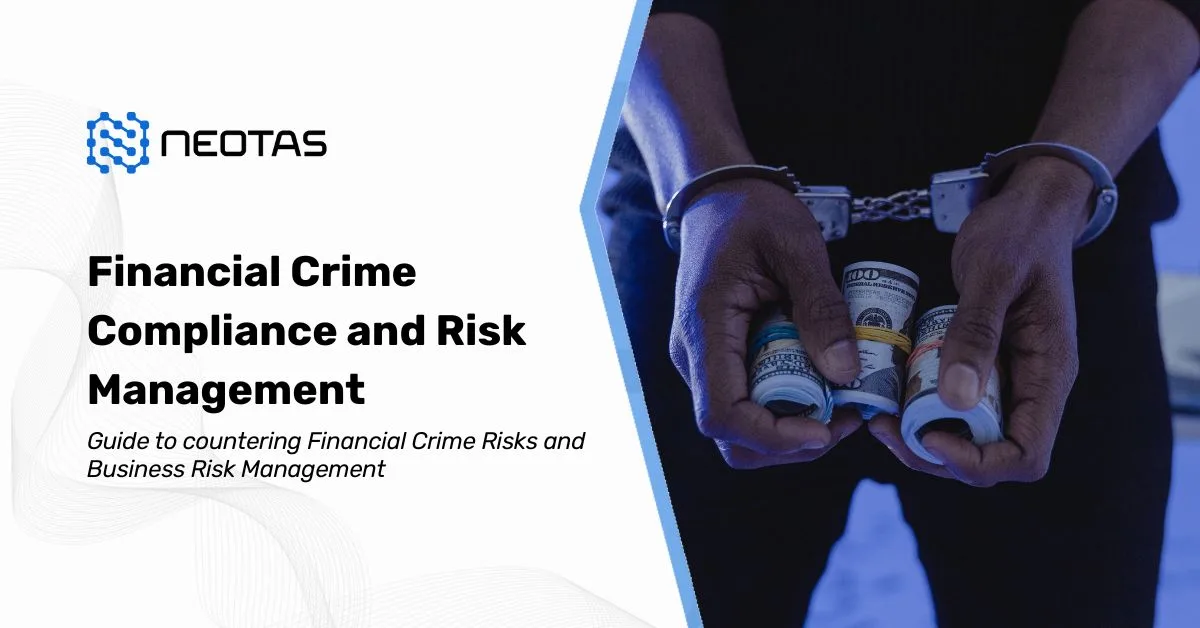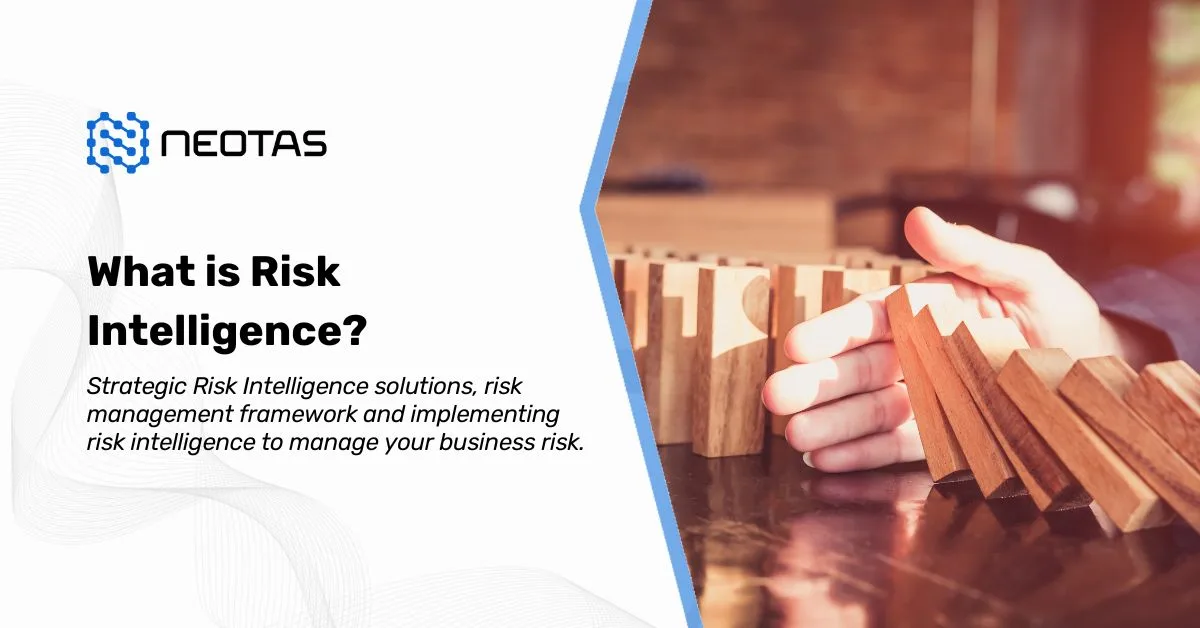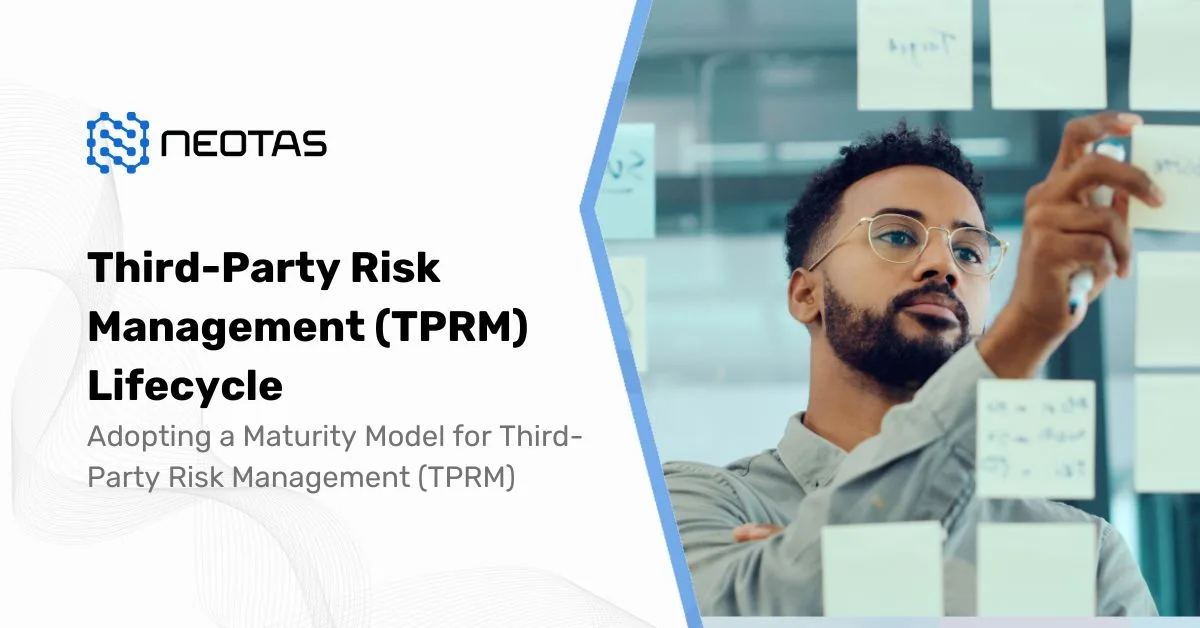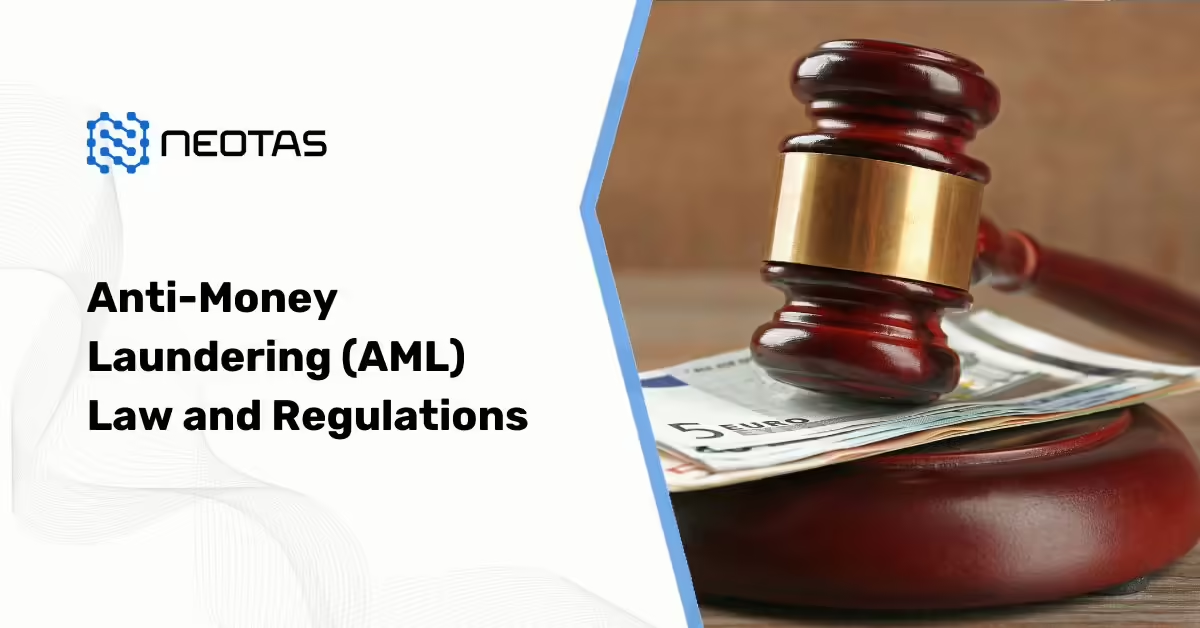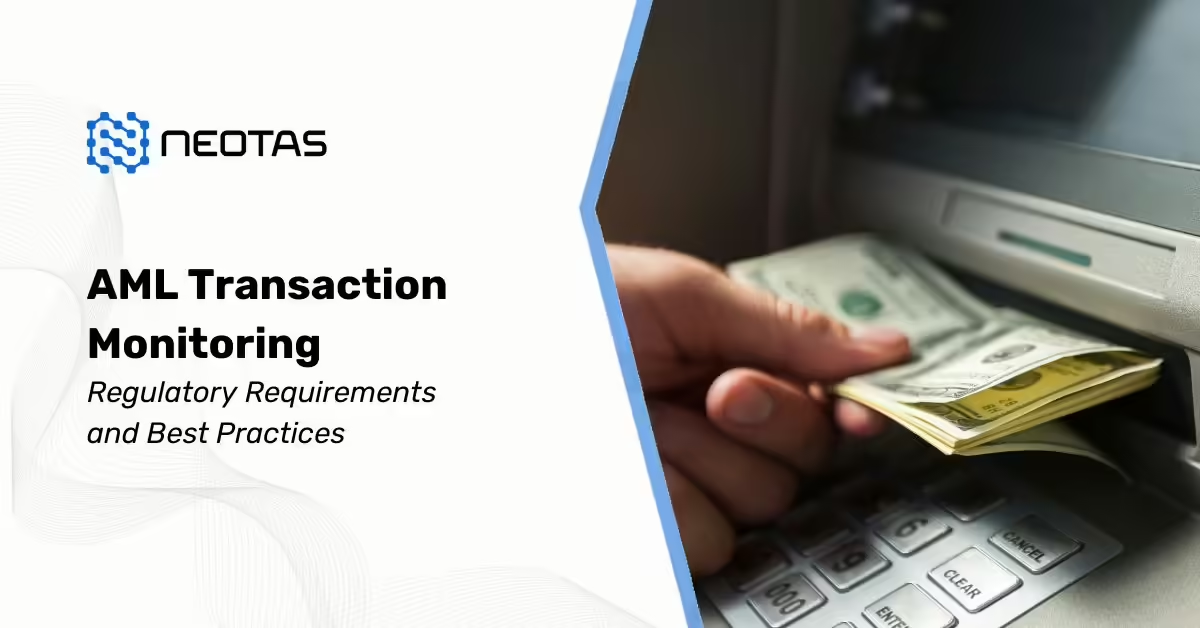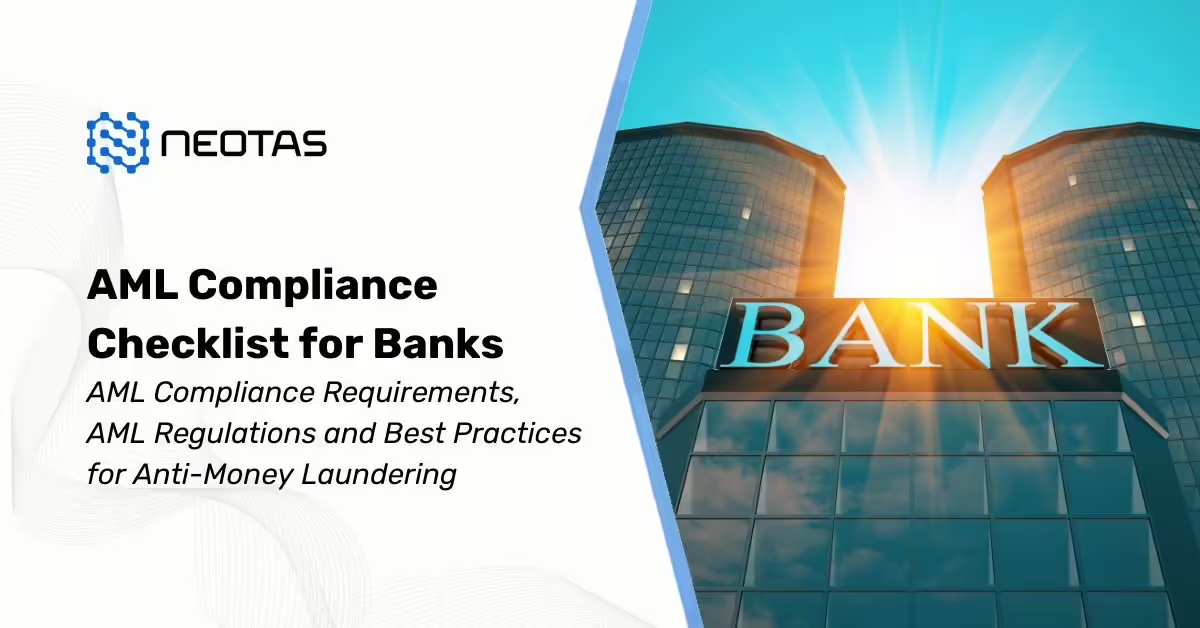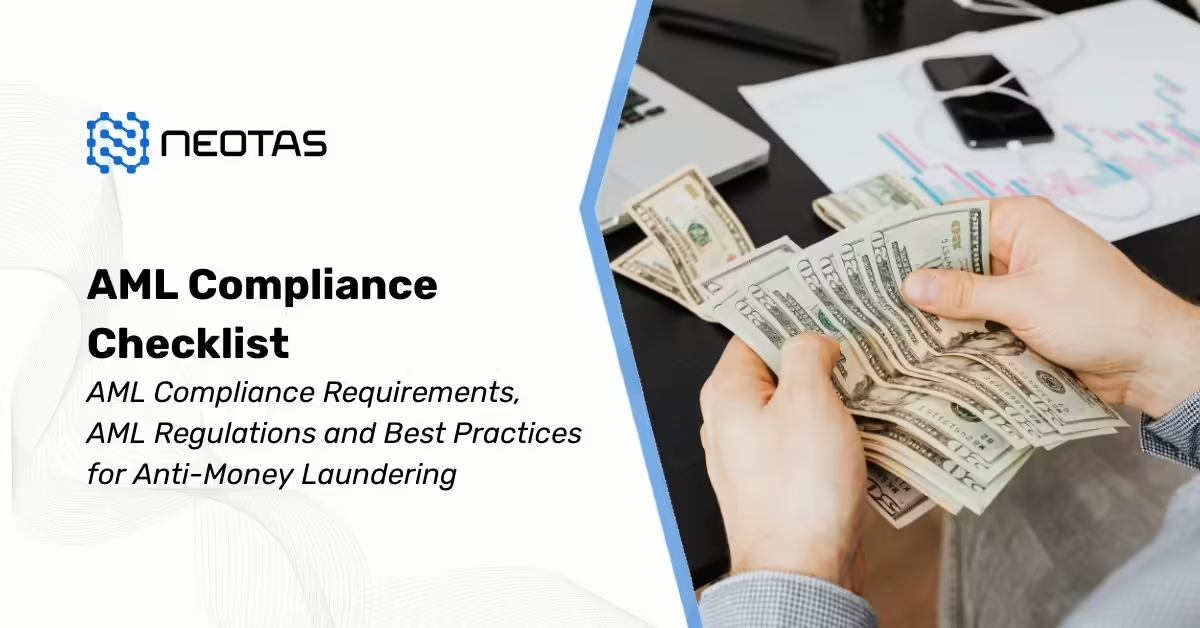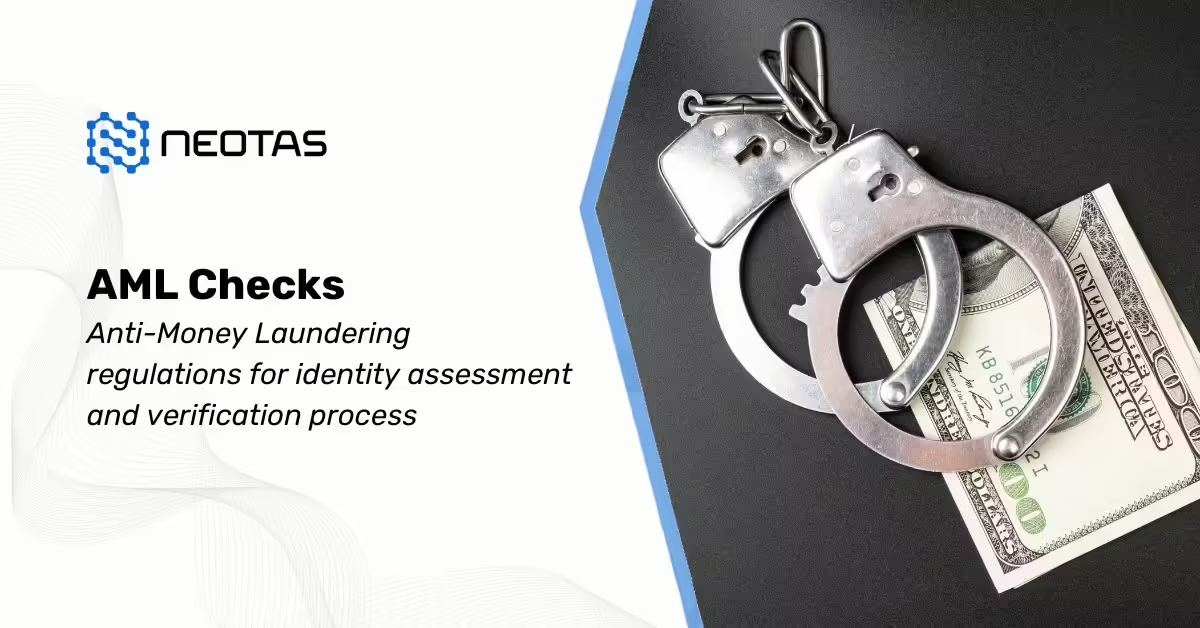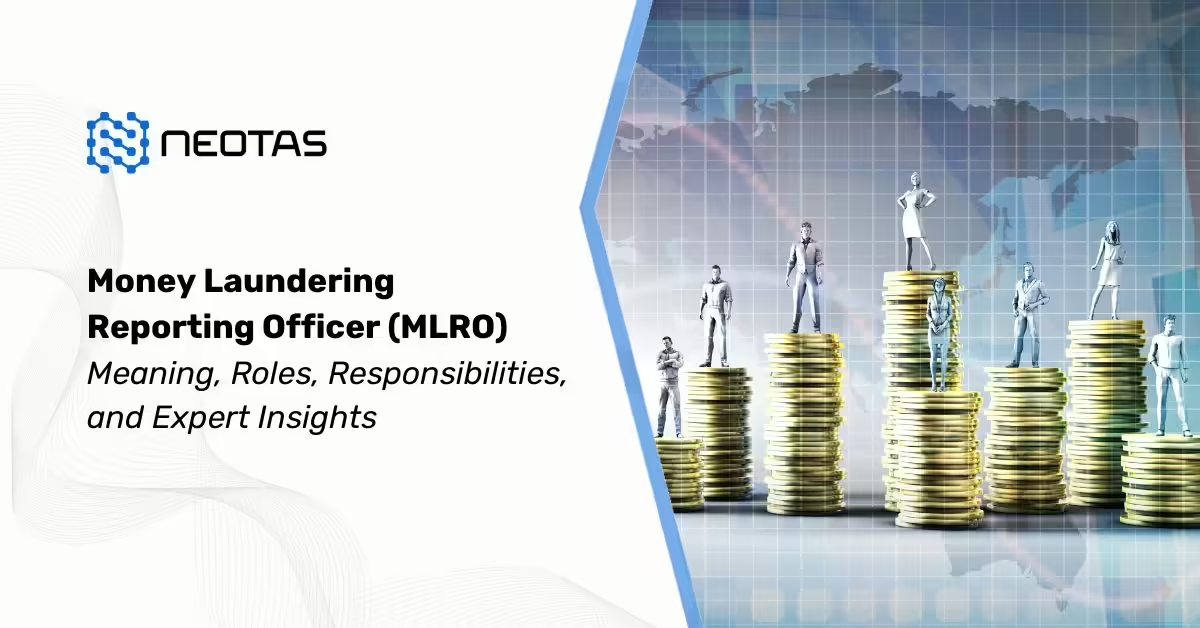What Did We Find In 2020
Risks hidden in plain sight
2020 proved to be a truly remarkable year globally, with all industries feeling the impact and repercussions of the pandemic. Throughout the year, we provided thousands of objective background check services, from pre employment background screening through to a host of third party due diligence services.
While the exact results of course remain strictly confidential, here’s a sneak peak into some of the data trends and highlights from an unprecedented year.
What is included in a background search?
First of all, let’s establish what’s included in our searches. Our background check services scour the web for an individual or organisation’s full digital footprint, from surface level through to the deep web.
Standard background checks like DBS checks can be limited to just checking databases, while we go a step further and leave no stone unturned. For HR & Recruitment purposes our pre-employment background checks can look into employment and education histories, criminal activities and social media screening.
A Neotas third party due diligence search often includes all of the above, plus checking against international PEP & sanction lists, investigating business networks and a host of anti-fraud checks.
Whether it’s cross referencing employment data with digital records, or assessing international networks or criminal links, there’s no time or jurisdiction limit on our searches.
How are we able to search for this?
Our enhanced due diligence methods combine proprietary AI technology with machine learning and expert human analysis. We’re able to identify business risks that wouldn’t appear in other searches.
Simply put – we process more data, from more sources than traditional searches.
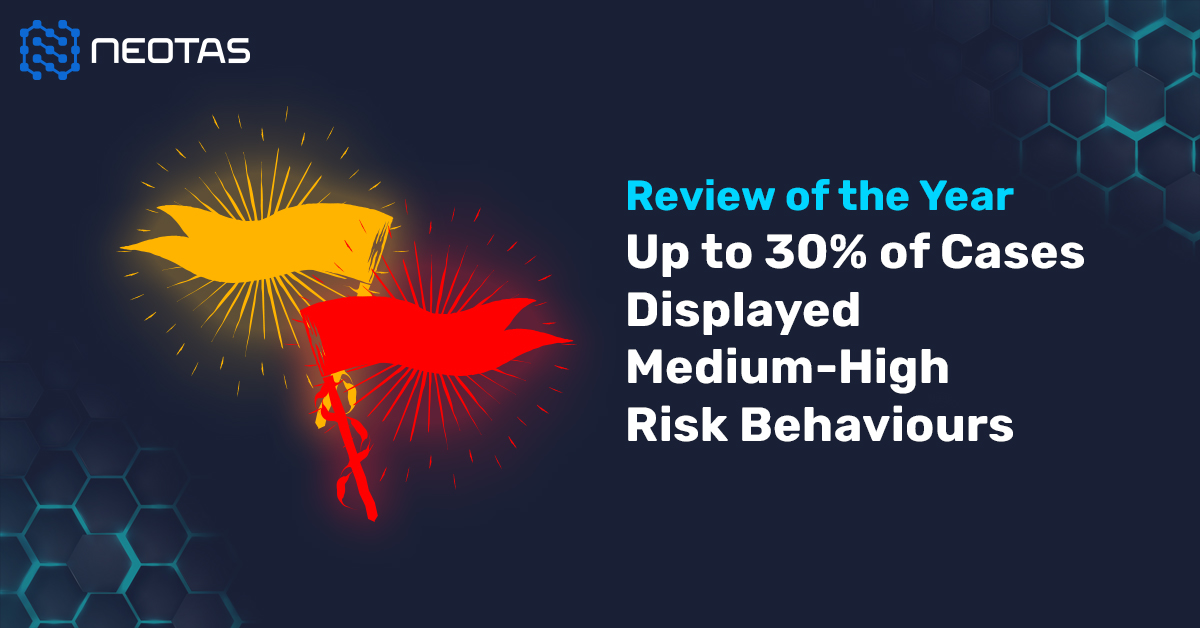
So what did we find in 2020?
To be brief – a lot.
Nearly a third of cases through 2020 uncovered medium-high risk behaviours, warranting further investigation. So what types of behaviours do these include?
- 3-5% display red flags
Red flags highlight high-risk behaviour for serious indiscretions such as inappropriate or sexually explicit content, substance abuse, violence, racism, PEPs or previous sanctions.
- 20-25% display amber flags
Amber flags refer to medium-risk behaviour that may be inappropriate, but needs further investigation. Such as: employment or education inconsistencies, adverse media, undisclosed directorships.
- 70-77% display green flags
Green flags return no obvious indiscretions. These cases are verified and the suitability of the candidate or deal is confirmed.
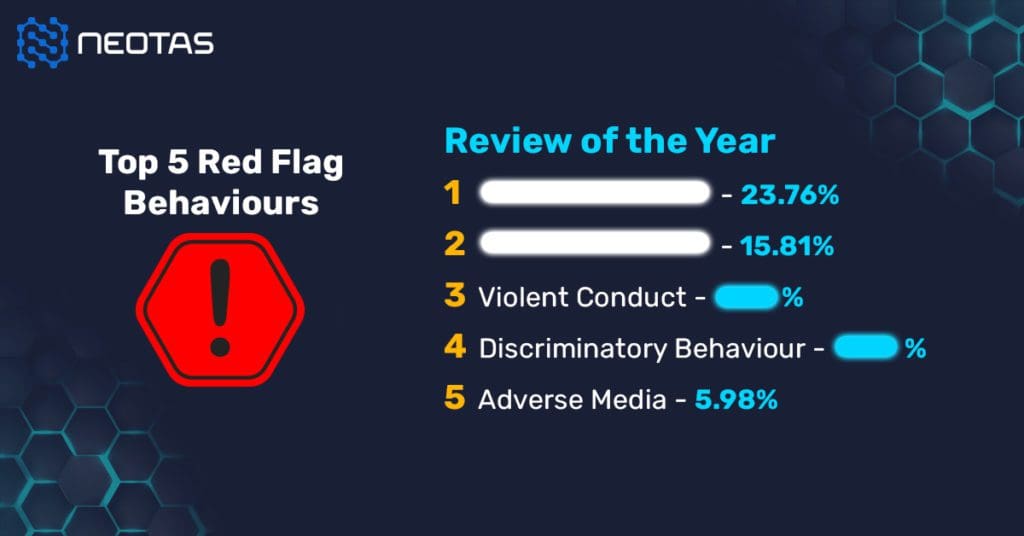
What is Red Flag Behaviour?
Up to 5% of cases displayed what is determined as a serious, or red flag, risk. Neotas searches all publicly available data from financial & tax records to social media accounts. As a result, red flags can vary from serious undisclosed financial conduct to consistent patterns of discriminatory behaviour.
Our recommendation would always be to investigate these behaviours further and likely take action to lower the risk of financial or reputational damage.
Download the full report to reveal the most common red flag behaviours.
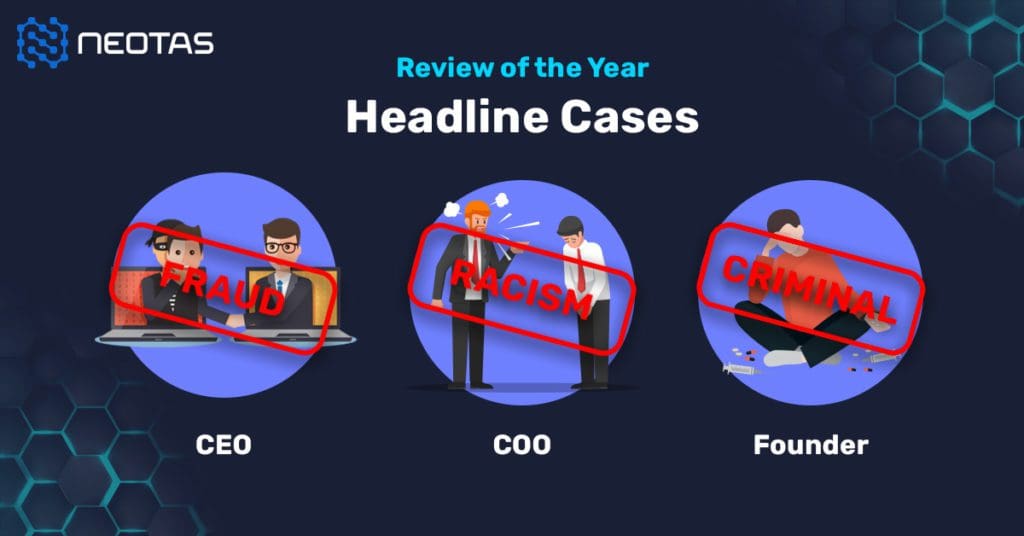
Headline Cases
We would never reveal exact case details and all of our reports are held to the highest data protection standards. These are some anonymised examples of the types of the most serious cases discovered in 2020:
- A founder CEO who boasted about having defrauded his public sector client and threatened exiting staff with violence
- A COO who needed to be removed for consistent racist and misogynistic abuse of staff
- A founder who rewarded their salespeople for dirty tricks against clients by sharing cocaine
What is Amber Flag Behaviour?
Up to 25% of cases displayed consistent behaviours that could pose potential risks to businesses or individuals. While not all of the behaviours flagged here lead to further action or qualify as red flags, our human analysts apply context to the findings and highlight those that warrant further investigation.
Although an amber flag may not appear as serious as a red flag, they still pose serious potential risks. The most commonly flagged behaviours include employment inconsistencies, links to explicit content and undisclosed directorships – all of which come with the potential to escalate into a costly or damaging situation.
2020 Insights & 2021 Predictions
While global restrictions remain in-place and business interactions become more digitised, effective verification and vetting processes have never been more critical. With due diligence requirements also continuing to change year-on-year, it’s crucial to stay ahead of the curve and use all of the resources available.
Vero Screening recently published their predictions for employment screening trends in 2021. They predict that social media background checks in particular will become a critical part of the screening process as the workplace become less familiar amidst the ongoing restrictions.
In 2020, nearly a quarter of cases reviewed highlighted a potentially serious business risk, so the need for thorough checks is clear. Third party due diligence and employment background checks lower risks by being both objective and comprehensive. Only with this added security, can a business move forward with an investment or potential new hire with confidence and peace of mind.
We would love to chat to you about your enhanced due diligence, investment risk management or social media screening needs, please feel free to schedule a call here. Alternatively, you can build a no-obligation quote using our pricing tool here.
Download the full 2020 Annual Report:

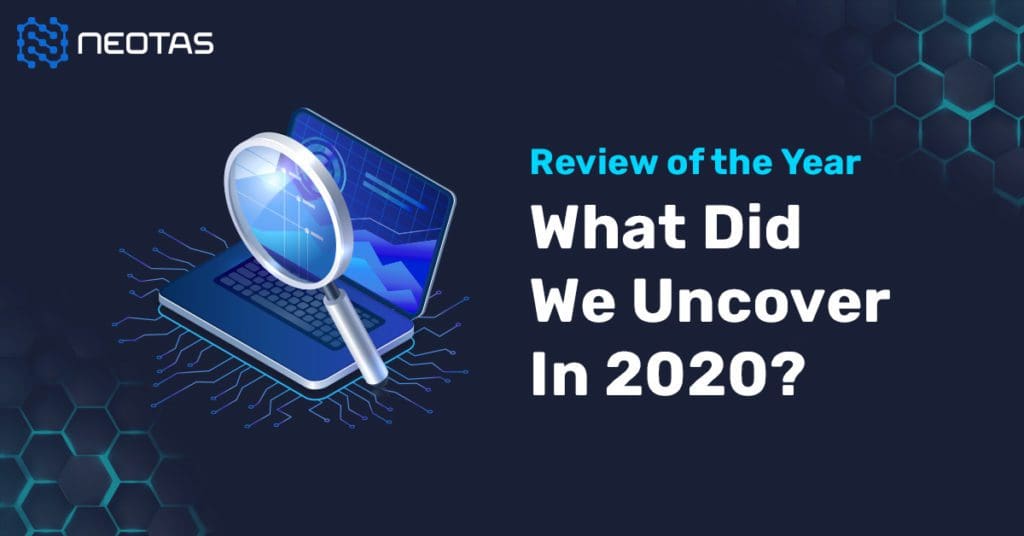

 Financial Crime Compliance Trends 2024
Financial Crime Compliance Trends 2024